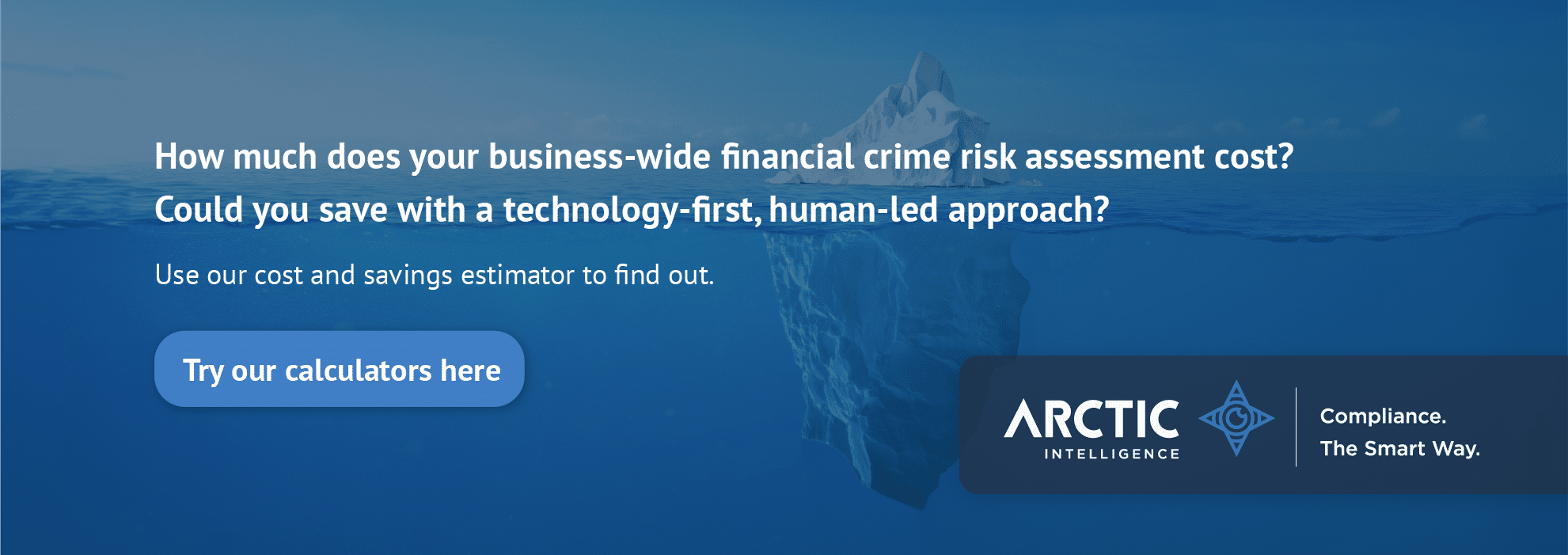Introduction
The precious metals and stones (PMS) sector is a highly lucrative industry that deals with valuable commodities such as gold, silver, diamonds, and other precious gemstones. However, its high-value transactions, global reach, and liquidity make it a prime target for organised criminals seeking to launder illicit funds.
Criminal organisations exploit dealers in precious metals and stones (DPMS) to disguise the origins of their wealth, move illicit money across borders, and evade financial scrutiny. The anonymity of cash transactions, ease of resale, and lack of stringent regulatory oversight in some jurisdictions further enable these illegal activities.
To combat this threat, businesses in the PMS sector must implement robust Anti-Money Laundering (AML) and Counter-Terrorism Financing (CTF) measures, conduct customer due diligence (CDD), and ensure compliance with international financial regulations. This article explores the methods criminals use to exploit DPMS businesses and outlines effective strategies to prevent money laundering.
How do organised criminals exploit the dealers in precious metals and stones for money laundering?
1. Using Cash Transactions to Launder Illicit Funds
The DPMS sector is attractive to money launderers because many dealers accept large cash payments, which can be difficult to trace.
What methods are used?
- Purchasing High-Value Items with Cash – Criminals buy gold, diamonds, or other precious metals with illicit funds and later resell them to integrate the money into the financial system
- Structuring Transactions (Smurfing) – Splitting large purchases into multiple smaller transactions to avoid detection by financial authorities
- Mixing Illicit Money with Legitimate Business Transactions – Using a jewelry store or gold dealership as a front to blend illegal proceeds with legal sales
2. Exploiting Precious Metals and Stones for Trade-Based Money Laundering (TBML)
Criminals use the global trade in gold, diamonds, and gemstones to disguise illicit funds by manipulating trade invoices and shipment values.
What methods are used?
- Over-Invoicing and Under-Invoicing – Misrepresenting the value of precious metals and stones in trade documents to move money across borders unnoticed
- Phantom Shipments – Creating fake export/import transactions where no goods actually change hands, but financial transactions are recorded to justify illicit funds
- Use of Free Trade Zones (FTZs) – Exploiting less regulated trade zones to transport and trade high-value commodities without strict AML scrutiny
3. Using Precious Metals and Stones as Portable Assets for Cross-Border Money Laundering
Gold and diamonds are highly portable, valuable, and easy to conceal, making them an ideal medium for moving illicit funds internationally.
What methods are used?
- Smuggling Gold and Diamonds Across Borders – Criminals transport undeclared valuables through airports, private flights, or shipping routes
- Exploiting Jewelry and Gold Refining Businesses – Using legitimate gold refiners or manufacturers to transform illicit gold into newly refined products that appear legitimate
- Use of Pawn Shops and Second-Hand Dealers – Criminals exchange stolen or illicitly obtained jewelry for cash, creating a legal paper trail for dirty money
4. Setting Up Front Companies in the Jewelry and Gold Industry
Organised crime groups establish or infiltrate legitimate jewelry stores, gold refineries, or diamond trading businesses to launder their proceeds.
What methods are used?
- Falsifying Inventory and Sales Records – Reporting fake transactions to justify the movement of illicit funds
- Mixing Legal and Illegal Products – Laundering money by selling smuggled or illicitly mined gold and diamonds through legitimate businesses
- Creating Fake Supply Chains – Using dummy suppliers or shell companies to fabricate trade transactions
5. Exploiting Regulatory Loopholes and Weak AML Controls
Many countries have inconsistent regulations for the DPMS sector, allowing criminals to exploit jurisdictions with weak enforcement.
What methods are used?
- Operating in Countries with Lax AML Regulations – Choosing offshore or unregulated markets where AML laws are either weak or poorly enforced
- Avoiding Reporting Thresholds – Structuring transactions just below reporting limits to evade detection by financial intelligence units (FIUs)
- Using Third Parties or Proxies – Engaging straw buyers to conduct transactions on behalf of criminal networks
What Dealers in Precious Metals and Stones Should Be Doing to Prevent Money Laundering
1. Implement Strong Customer Due Diligence (CDD) and Know Your Customer (KYC) Procedures
Dealers must thoroughly vet customers before conducting high-value transactions to ensure they are not facilitating illicit activities.
Best Practices:
- Verify Customer Identities – Collect and authenticate government-issued IDs, tax identification numbers, and business licenses
- Assess the Source of Funds – Require documentation proving the legitimacy of funds used in transactions
- Identify Ultimate Beneficial Owners (UBOs) – Ensure that corporate clients disclose their true owners
- Apply Enhanced Due Diligence (EDD) for High-Risk Transactions – Conduct additional checks for:
- Large cash transactions
- Clients from high-risk jurisdictions
- Politically exposed persons (PEPs)
2. Monitor Transactions and Report Suspicious Activity
DPMS businesses should actively track financial transactions and report suspicious activities to relevant financial authorities.
Red Flags to Watch For:
- Customers that are reluctant to provide personal or financial information.
- Multiple cash transactions just below regulatory reporting thresholds.
- Unusual payment methods, such as third-party transactions or payments from offshore accounts.
- Customers purchasing high-value items without regard for price or resale value.
3. Establish a Robust AML Compliance Program
Dealers must develop internal AML policies and procedures to prevent financial crime.
Key Compliance Measures:
- Appoint an AML/CTF Compliance Officer – Designate a professional responsible for monitoring compliance and reporting suspicious transactions.
- Regular Internal Audits – Conduct periodic reviews of financial records, customer transactions, and inventory management.
- Maintain Transaction Records – Keep records of large transactions, customer details, and invoices for at least five years.
- Mandatory Employee Training – Educate staff on:
- Recognising money laundering red flags
- Proper customer due diligence procedures
- Reporting obligations under AML laws
4. Cooperate with Law Enforcement and Regulatory Authorities
Dealers in precious metals and stones must work with financial intelligence units (FIUs), regulatory bodies, and law enforcement agencies to combat money laundering.
Best Practices:
- File Suspicious Activity Reports (SARs) – Report any unusual or suspicious transactions
- Engage in Industry-Wide AML Initiatives – Join associations that promote AML best practices in the PMS sector
- Stay Updated on Evolving AML Regulations – Monitor international AML laws and case studies
Closing Remarks
The precious metals and stones sector is a high-risk industry for money laundering, as criminals exploit cash transactions, trade loopholes, and corporate structures to clean illicit money. Without proper safeguards, DPMS businesses can unknowingly become facilitators of financial crime.
By implementing strict due diligence procedures, monitoring transactions, maintaining AML compliance, and
cooperating with law enforcement, businesses can protect themselves from legal and reputational risks while strengthening the fight against money laundering.
As global financial regulations tighten, compliance is no longer optional – it is a legal obligation and a business necessity. Strengthening AML controls ensures the integrity of the precious metals and stones industry while preventing criminal networks from exploiting it for illicit financial gain.



